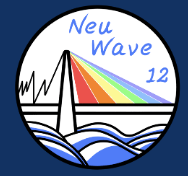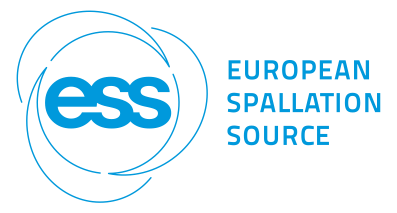Speaker
Description
Energy-resolved neutron imaging is effectively applied using time-of-flight methods at pulsed sources, with spectral ranges and pulse widths of an instrument given by the type of moderator. The imaging instrument IMAT [1] views a coupled cold liquid hydrogen moderator on TS2 at ISIS and is operated as a user facility for more than six years. About half of the projects on IMAT make use of energy-resolved and energy-selective neutron imaging: for strain mapping using Bragg edge analysis, to enhance contrast by selecting suitable wavelength bands, and for developing time-of-flight imaging methods. ENGIN-X on a decoupled cold liquid methane moderator on TS1 remains an option for Bragg edge experiments that require sharper pulse widths, such as for edge-broadening studies [2]. INES, on the other hand, views an ambient temperature water mod-erator on TS1 providing epithermal neutrons for resonance analysis, for elemental and isotope mapping of cultural heritage materials [3], and in other fields such as meteorite studies.
The installation of large diffraction detector arrays and radial collimators on IMAT in 2025 will sig-nificantly enhance many Bragg edge experiments by providing additional strain and texture data. A new neutron strain scanner, eMAP [4], has recently been approved as part of the ISIS Endeavour Programme, for installation on a decoupled poisoned solid methane moderator at TS2. The in-strument will offer Bragg edge analysis with 2X sharper spectral resolution than IMAT and 5X higher flux than ENGIN-X. Bragg edge imaging and diffraction experiments on the same instru-ment on IMAT and/or on eMAP will enable effective in-situ measurements of engineering materi-als, of structure transformation and in-operando studies. Looking further ahead, the development of an imaging instrument with a significant thermal neutron energy component is being consid-ered to meet the increasing non-destructive testing demand from industry.
References
[1] W. Kockelmann et al., J. Imaging 4 (2018) 47.
[2] A. Reid et al., Materials and Design 156 (2018) 103.
[3] A. Fedrigo et al., J. Anal. At. Spectrom. 34 (2019) 2420.
[4] T.-L. Lee et al., EPJ Web of Conferences 286 (2023) 03002.
| Abstract Topic | Development of experimental techniques and new principles |
|---|

